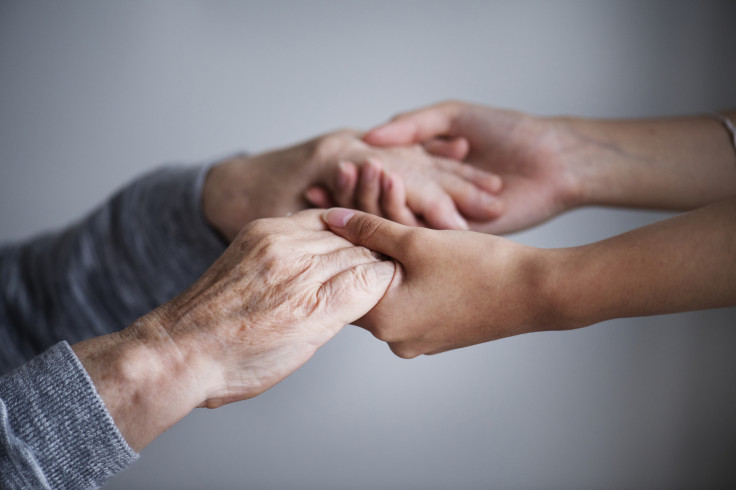
Latinos and Blacks on Medicare face higher costs to treat their dementia compared to non-Hispanic white people in the United States, according to a study published in the Journal of the American Geriatrics Society.
The study analyzed reports from the 2000-2016 Health and Retirement Study, which includes data from Medicare claims, revealing the burden of Alzheimer disease and dementia on individuals, caregivers, government, and the nation's healthcare system.
The researchers examined the costs for care for individuals on Medicare one year before a person was diagnosed, the first year following a dementia diagnosis, ongoing care for dementia after the first year, and then during the last year of a person's life.
Authors estimated each patient's phase-specific and disease course Medicare expenditures by using a race-specific survival model and monthly expenditures adjusted for patient characteristics.
The average total Medicare expenditures for non-Hispanic Black people with dementia are $165,730, while Latinos using Medicare with dementia have $160,442in expenses. This exceeds the total Medicare spending for Non-Hispanic Whites by at least 17%, considering their average stood at $136,326

The disparity among demographics widened as individuals approached death, the study shows, among other key findings.
The average spending for blacks and Latinos was higher in the year preceding diagnosis and in the year following, compared to that of whites, by a few thousand dollars. However, the last year of life was responsible for the greatest cost addition: $51,294 (Blacks), $47,469 (Latinos), and $39,499 (Non Hispanic Whites).
"These differences were driven by greater use of high-cost services (e.g., emergency department, inpatient and intensive care), especially during the last year of life," the researchers concluded.
Alzheimer's in the U.S.: Higher Prevalence Among Latino and Black Adults
An estimated 6.9 million of people live with Alzheimer's dementia in the U.S., according to the 2024 Alzheimer's Disease Facts and Figures report released by the Alzheimer's Association annually.
The institution warned that the number and proportion of Americans with this disease is expected to continue to grow in coming years as the population aged 65 and older is projected to grow from 58 million in 2022 to 82 million by 2050.
About 1 in 9 people (10.9%) aged 65 and older have Alzheimer's dementia, but the prevalence increases with age, according to the study. The percentage of people with Alzheimer's dementia rises with age: 5.0% of those aged 65 to 74, 13.2% of those aged 75 to 84, and 33.4% of those aged 85 and older have Alzheimer's dementia.
The report also highlights there is evidence that in the U.S., non-Hispanic Black and Hispanic older adults are more likely than White older adults to have Alzheimer's or other dementias.
A study by the Chicago Healthy Aging Project (CHAP) cited in the report indicates 19% of Black and 14% of Hispanic adults age 65 and older have Alzheimer's dementia compared with 10% of White older adults.
"In line with these observations, most other prevalence studies indicate that Black older adults are about twice as likely to have Alzheimer's or other dementias as White older adults," the Alzheimer's Association report says.
© 2024 Latin Times. All rights reserved. Do not reproduce without permission.







